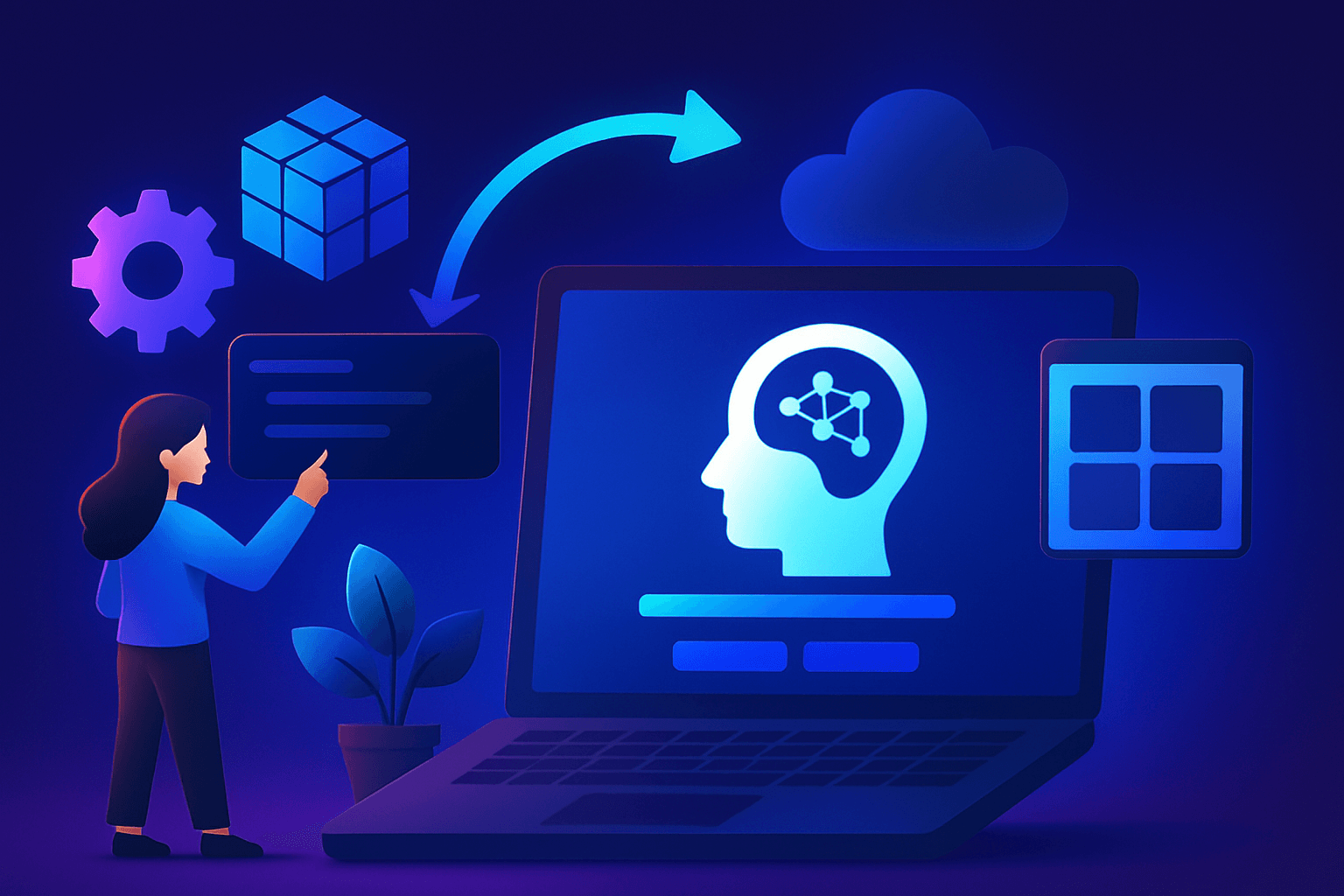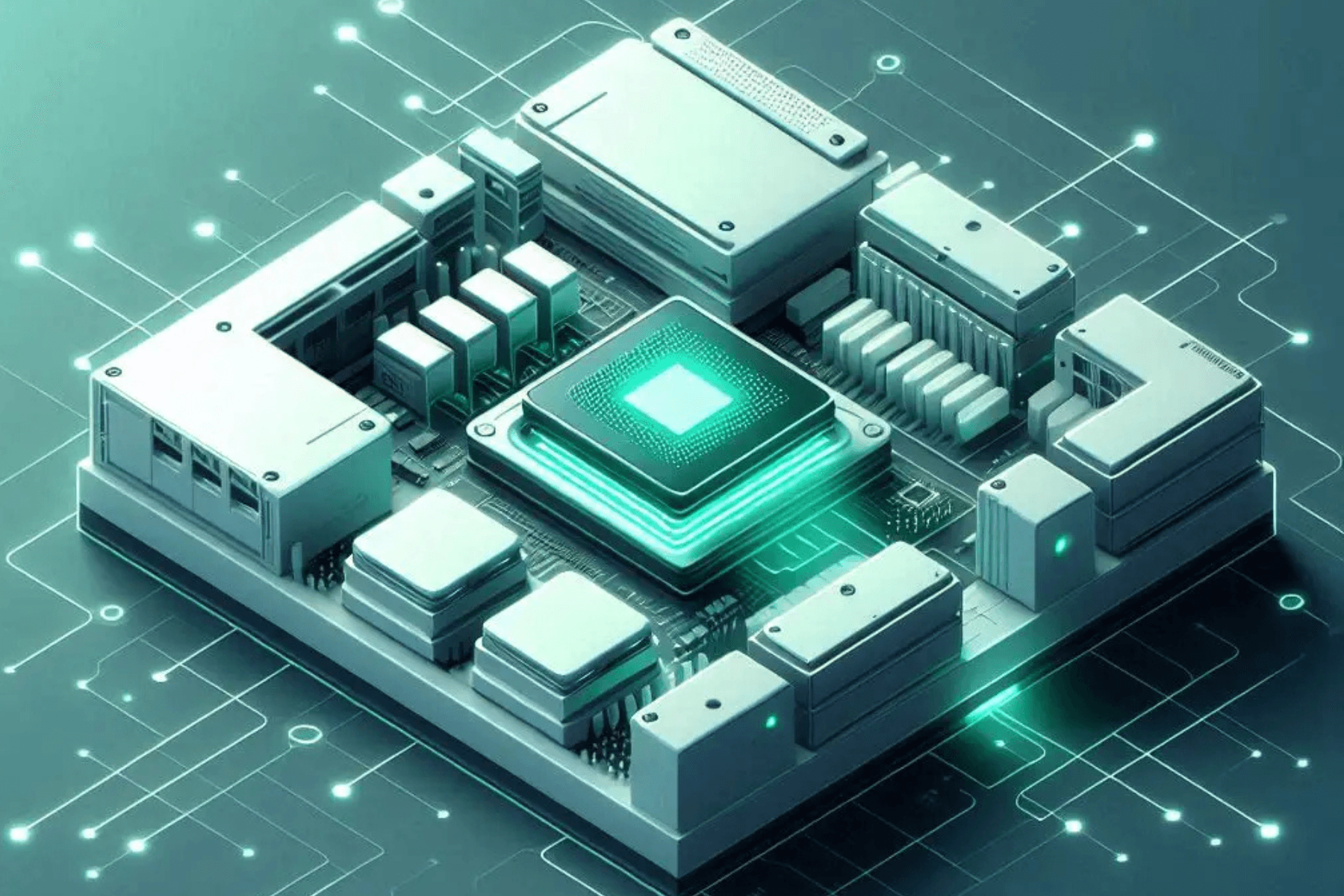Conversational AI - an amalgamation of natural language processing (NLP), machine learning, and other advanced technologies - empowers chatbots and virtual assistants to engage in human-like conversations. In his authored article, published in a leading IT magazine - DataQuest India, Tarun Dua, CEO of E2E Networks, sheds light on the significance of Conversational AI and talks about its potential to deliver personalized information and simulate realistic interactions.
You can read the article here.
Early Chatbots
The origins of Conversational AI can be traced back to the mid-20th century, where early chatbot programs like ELIZA were developed to simulate human conversation. These programs sought to create virtual conversational agents capable of interacting with users.
‘Over time, advancements in Natural Language Processing (NLP) and pattern matching techniques paved the way for the emergence of more sophisticated chatbots, such as A.L.I.C.E., in the 1990s,’ says Tarun Dua.
These advancements represented significant progress in achieving more human-like conversational experiences with AI-powered systems.
Advances in Machine Learning
Recent strides in machine learning and deep learning have revolutionized Conversational AI. Unlike their predecessors, modern chatbots leverage machine learning to continuously improve their performance.
Tarun Dua points out that ‘GPU-trained Neural Networks and large datasets have enhanced chatbot intelligence.’
GPU acceleration allows for faster training and inference, enabling chatbots to process complex models in real-time. Additionally, the advent of Cloud Computing, particularly GPU Cloud Technologies, offers on-demand computing resources without upfront investment.
The Fundamentals of Conversational AI
Conversational AI is built on two foundational concepts - Natural Language Processing (NLP) and Machine Learning. NLP forms the basis for chatbots to understand and interpret human language.
Tarun Dua remarks, ‘NLP enables chatbots to understand and interpret human language, while machine learning techniques empower them to continuously improve their performance.’
Techniques like tokenization, part-of-speech tagging, named entity recognition (NER), and syntactic parsing enable chatbots to extract meaning from user queries and generate appropriate responses. On the other hand, machine learning models, such as support vector machines (SVM) and random forests, play a pivotal role in developing Conversational AI by learning patterns from labelled conversations.
The Workflow of Modern NLP in Conversational AI
In Conversational AI, the typical workflow of Natural Language Processing (NLP) operates as follows:
1. User Interaction: Users can engage with the system through an interface that accepts natural language text input. Alternatively, a user interface can utilize Automatic Speech Recognition (ASR) technology to convert spoken words into text.
2. Intent Extraction and Structured Data: NLP techniques are employed to extract the user's intent from the provided text. This intent is then transformed into structured data, enabling further processing and analysis.
3. Natural Language Understanding (NLU): NLU plays a crucial role in comprehending the text by deciphering grammar, meaning, and context. It helps to grasp the user's intention and identify relevant entities within the input.
4. AI Model Prediction: A pre-trained AI model comes into play, leveraging the intent and available data it has been trained on. This model predicts the most suitable response based on the given input.
5. Natural Language Generation (NLG): Drawing from the preceding steps, NLG synthesizes an appropriate response that effectively interacts with humans. It generates text that aligns with the intended meaning and context, ensuring a coherent and meaningful conversation.
This modern NLP flow combines various components, including user interaction, intent extraction, NLU, AI model prediction, and NLG, to create a comprehensive conversational experience between users and AI-powered systems.
The Interplay of NLP and ML Techniques
Modern machine learning techniques have allowed Conversational AI systems to constantly evolve and enhance their capabilities. Several key techniques demonstrate the interplay of NLP and machine learning:
Named Entity Recognition (NER)
NER, a sub-task of NLP, involves identifying and classifying named entities within a text. Machine learning models like conditional random fields (CRF) and deep learning architectures such as long short-term memory (LSTM) networks and bidirectional transformers (BERT) enable effective NER implementation.
Intent Recognition
Intent recognition is critical to chatbot functionality. Machine learning algorithms, including support vector machines (SVM), recurrent neural networks (RNNs), and transformers, facilitate the classification of user queries into specific intents.
Deep Learning
Deep learning, a subset of machine learning, utilizes artificial neural networks with multiple layers to process complex patterns and make predictions. Recurrent Neural Networks (RNNs), Long Short-Term Memory (LSTM), and Gated Recurrent Units (GRU) have proven to be highly effective in Conversational AI.
Tarun Dua highlights, ‘The emergence of deep learning techniques has significantly enhanced the capabilities of chatbots, allowing them to process complex patterns and deliver more accurate responses.’
Generative Models
The introduction of generative models like generative adversarial networks (GANs) and transformer-based models such as GPT (Generative Pre-trained Transformer) has revolutionized chatbot capabilities. These advanced models can generate responses that closely resemble human-like language by leveraging extensive text data.
Transfer Learning
Transfer learning leverages pre-trained models on large-scale datasets to bootstrap the learning process for chatbots. Fine-tuning techniques using models like BERT (Bidirectional Encoder Representations from Transformers) and GPT enable chatbots to access pre-existing knowledge bases and achieve improved results.
Tarun Dua remarks: ‘Machine learning techniques, such as transfer learning and reinforcement learning, enable chatbots to continually learn and optimize their conversational abilities.’
Reinforcement Learning
Reinforcement learning employs a reward-based system to train chatbots through trial and error. Algorithms like Q-learning and deep Q-networks (DQNs) optimize conversational strategies, enabling chatbots to achieve better outcomes.
A Glimpse into the Future of Conversational AI
Heading towards a future of limitless possibilities, Conversational AI is poised to revolutionize various domains, including customer service and virtual assistance.
As Tarun Dua states, ‘With the breakneck pace at which conversational AI technologies have been advancing in recent times, we will be witnessing a whole new future in the coming decade.’
Driven by the rapid advancements in machine learning, this transformative technology holds the key to reshaping the way we interact with AI systems. As we embark on the coming decade, we are on the cusp of a whole new era, where the potential of conversational AI is set to unfold in remarkable ways.









